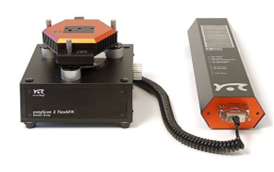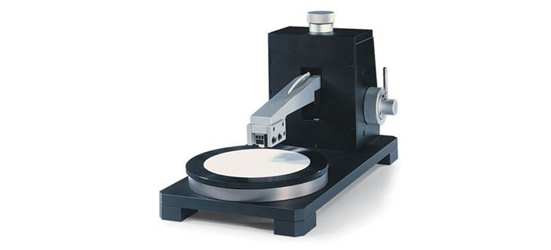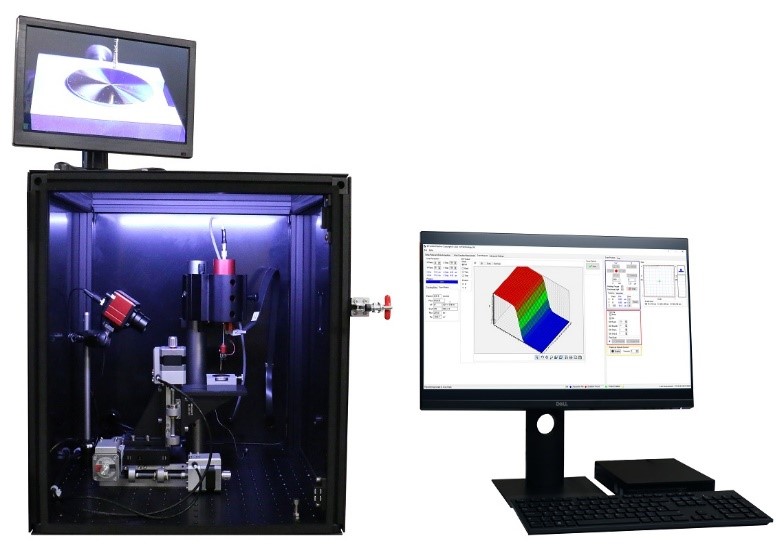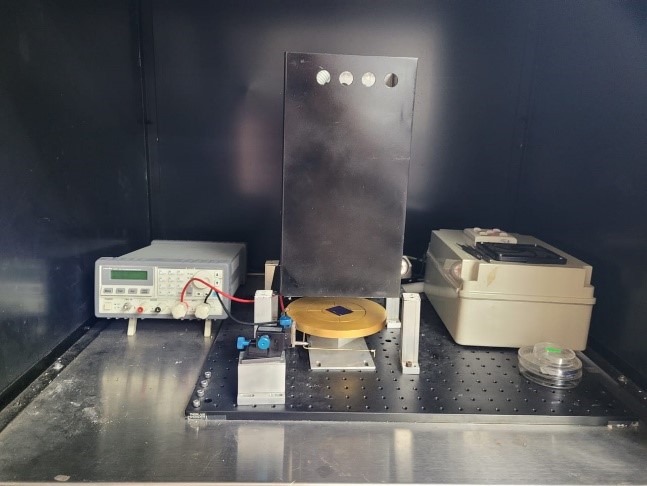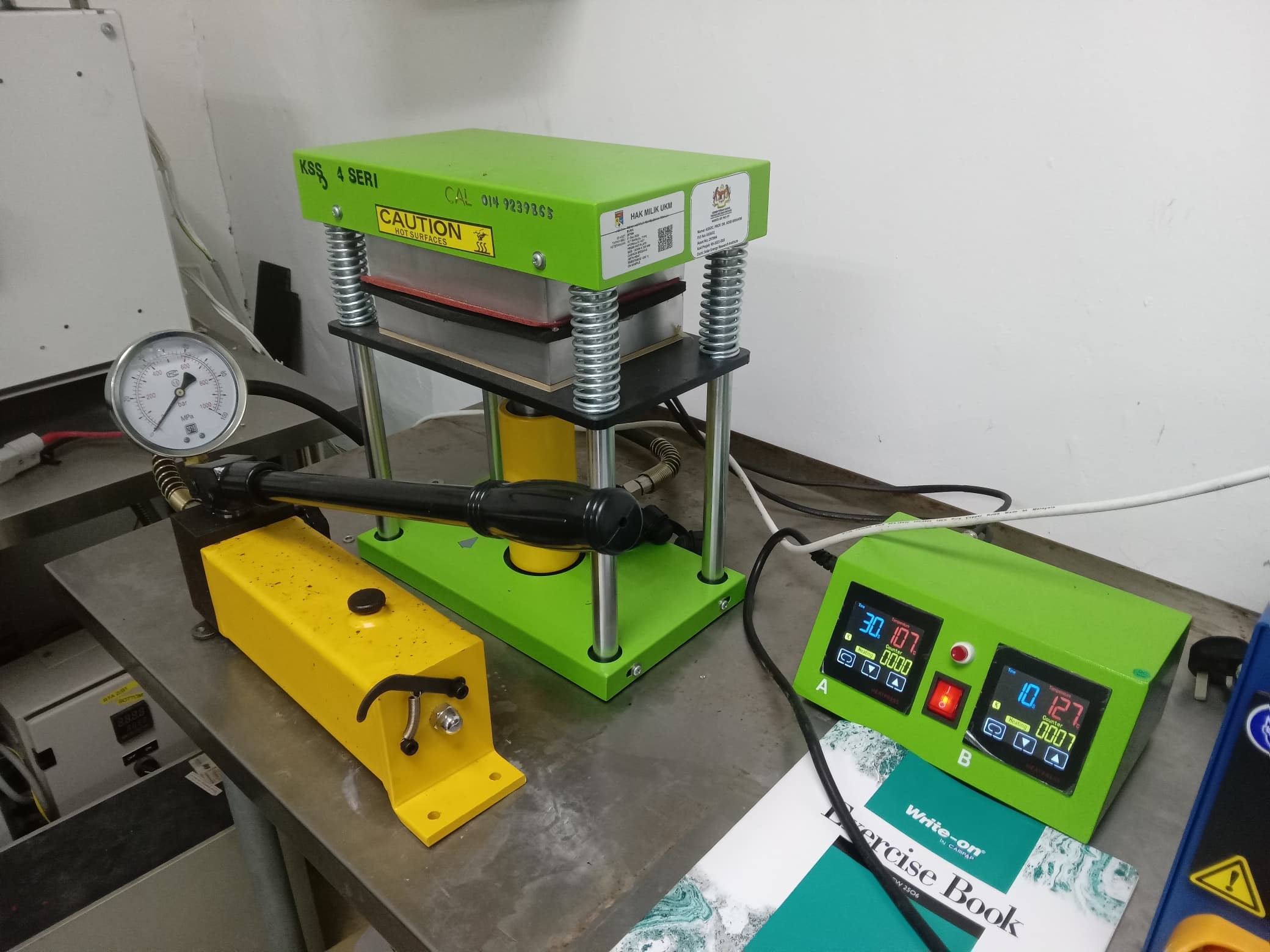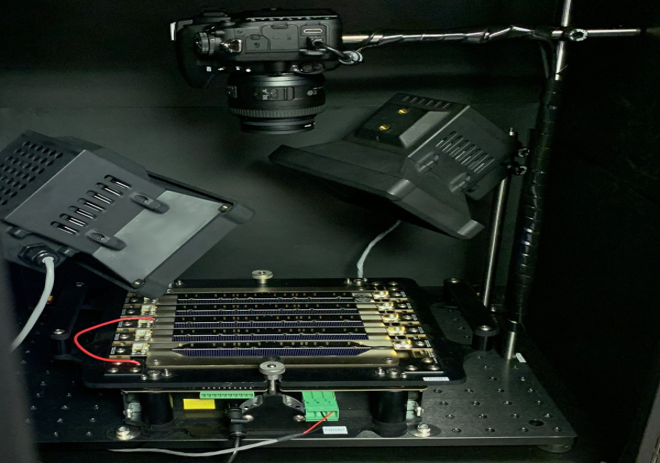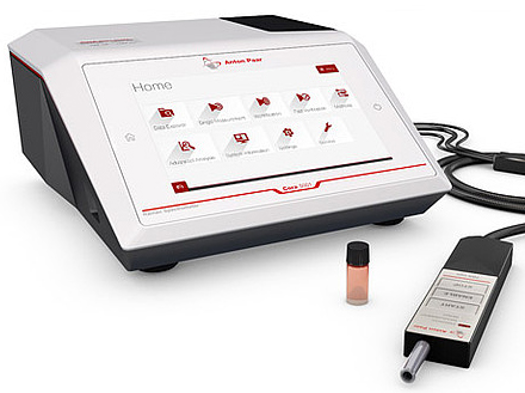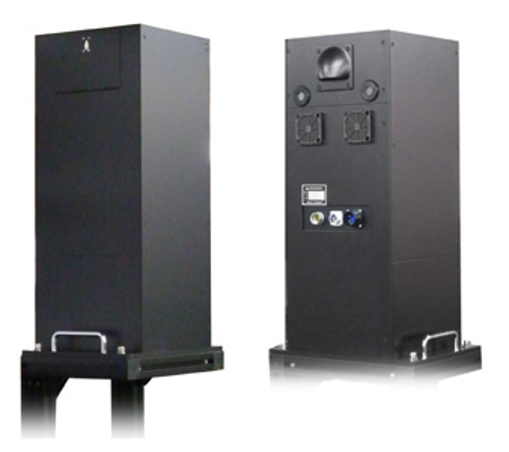Solar Energy Research Institute
Institut Penyelidikan Tenaga Suria | Solar Energy Research Institute
The Advanced Silicon Solar Cell Fabrication Laboratory was established by Prof. Dato Dr. Kamaruzzaman Sopian in 2009. This laboratory was developed through a Technofund project from the Malaysian Ministry of Higher Education, amounting to RM 7 million, aimed at developing the R&D Line for Advanced Silicon Solar Cell Fabrication. The technology was transferred from the United States to UKM. Assoc. Prof. Dr Suhaila Sepeai, the current lab coordinator actively participating in the laboratory’s establishment and silicon solar cell research since 2009.
The research in this laboratory highlights on developing advanced technology for silicon solar cells such as bifacial solar cells, Interdigitated Back Contact (IBC) solar cells and perovskite-Silicon tandem cells. The research in this lab in line with current trend in Silicon Solar Cell research towards toxic-less process, low temperature and facile process. The principal researcher in this laboratory are Assoc. Prof. Dr. Suhaila Sepeai and Assoc. Prof. Dr. Mohd Adib Ibrahim.
The laboratory provides facilities for sample characterization such as Atomic Force Microscopy, current–voltage (I-V) measurement system, 4 Point Probe, and Scanning Kelvin Probe. There are also laser cutter, hot press machine and laminator.
For any inquiries related to equipment or the laboratory’s research, please reach out to the Lab Coordinator, Assoc. Prof. Dr. Suhaila Sepeai, at suhailas@ukm.edu.my.
High Precision 4 Point Probe
The tester is suitable for the use in the testing of the sheet resistance and resistivity of ITO coated glass, FTO coated glass, AZO coated glass, and other conductive thin film that with uniform and rigid structure.
Technical Specifications of the Tester
1) Testing resistance range:1O µO – 2.00 kO (Five testing resistance range with different testing current)
2) With the function of sorting,is suitable for the use in commercial manufacture.
3) The type ofFour-Point Probe: linear four probe.
4) The Material of the Four-Point Probe: tungsten carbide .
5) The distance between two neighboring probes :1mm
6) The deviation of the distance between two neighboring probes: <2 %
7) The resultant force of the Four-Point Probe: 4•1N
8) The diameter of the Indentation of the Four-Point Probe: 200-400 µm
9) The mechanical shift rate of the Four-Point Probe: <0.3 %
10) The max space between the guide hole and the Four-Point Probe: 0.006mm
11) The insulation resistance of the Four-Point Probe at 500V :>1000 mo
12) The probes distance correction factor Fsp: Please find the value of Fsp from the testing result of the Four-Point Probe in the Table 4 in the Operation Manual.
Scanning Kelvin Probe
1. Tip material / diameter : Standard 2 mm gold tip (0.05 mm available on request)
2. Work function resolution : 1 – 3 meV
3. Sample scan size : 50 x 50 mm
4. 3D sample area : Square
5. Height control (auto) : 25mm
6. Visualisation : 3D map of surface potential
7. Optical system : Colour camera with zoom lens and monitor
8. Oscilloscope : Digital TFT oscilloscope for real time signal
9. Test sample : Gold and aluminium test sample
10. Faraday enclosure base : 450 x 450 mm
11. Control supplied : PC control with dedicated software for full control of all parameters
Detection system : Off-null with parasitic capacity rejection
Light -Induced-Current-Voltage
Further applications are the determination of Measurements can be made on a wide range of solar cell materials, such as: Monocrystal silicon and polycrystalline silicon
The main application of our solar simulator systems is the evaluation of power parameters of solar cells. For this type of measurements, the solar simulator is integrated into an IV measuring station. For setting the correct irradiance value we offer calibrated reference cells.
Elipsometer
The spectroscopic ellipsometers is engineered to meet the diverse demands of thin film characterization. An advanced optical design, wide spectral range, and fast data acquisition combine in an extremely powerful and versatile tool. The instrument delivers both speed, accuracy and patented RCE technology combines Rotating Compensator Ellipsometry with high-speed CCD detection to collect the entire spectrum (hundreds of wavelengths) in a fraction of a second with a wide array of configurations.
Optical Profilometer
The optical profiler provides 3D metrology and imaging capability, combined with an integrated isolation table and configuration flexibility to handle larger samples. The 3D optical metrology system simultaneously collects high-resolution 3D data and a True Color infinite focus image. The non-contact profiler supports both R&D and production environments with Multi-Mode optics, easy-to-use software, and a low cost of ownership
Laminator
The laminator is used to encapsulate the photovoltaic cells within a protective sandwich of materials. The main component in silicon panel assembly are frame, glass, Ethyl Vinyl Acetate (EVA), solar cell and Tedlar film (TPT back sheet). The temperature used for this process is 110 – 130 C.
Laser Cutter
The laser cutter is used as a precision tool to cut and pattern materials such as silicon wafers and aluminium sheets with thickness of less than 700µm. This process involves using focused 1064nm laser beams with carefully adjusted parameters.
Hot Press
The hot press apply heat and pressure to laminate materials together for the encapsulation phase of solar cell manufacturing. This process ensures a strong, uniform bond between the layers, enhancing the durability and efficiency of the solar modules. The hotpress is used to encapsulate the photovoltaic cells within a protective sandwich of materials, typically including EVA (ethylene-vinyl acetate) sheets, a backsheet, and a front glass or polymer layer. The temperature used for this process is 110 – 130 C.
CORA 5001 Raman Spectrometer
The CORA 5001 Raman Spectrometer is a high-performance instrument designed for precise molecular analysis. It utilizes dual wavelenght sources of 532nm and 785nm versatile application
CellSpot-EL/PL Imagining System
The CellSpot-EL/PL system from BrightSpot Automation is designed for advanced electroluminescent and photoluminecent spectroscopy imaging, primarily used in photovoltaic research.
AAA Class Solar Simulator Model XES-100S1
The XES-100S1 from SAN-EI Electric is an AAA Class Solar Simulator providing consistent and reliable illumination for testing photovoltaic devices.
